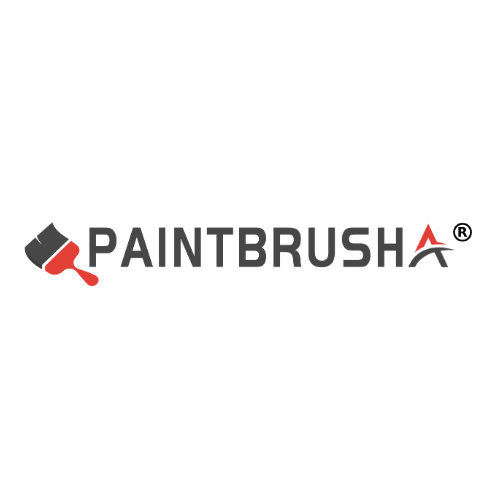There are various models of oil painting brushes, and each model has its unique features and applicable scenarios. The following are some common models of oil painting brushes and their brief introductions:
Brush number and size
Oil painting brushes are usually distinguished by their sizes by numbers. The smaller the number, the thinner the brush head. The larger the number is, the wider the brush head will be. For example:
No. 0 and No. 1: These are very tiny brushes, suitable for detailed drawing, such as the facial features of characters and the wrinkles of clothes.
No. 2. No. 4. No. 6: Medium-sized brushes, suitable for drawing medium-sized color blocks and lines.
No. 8. No. 10 and above: Larger brushes, suitable for quickly covering large areas, drawing backgrounds or large color blocks.
2. Brush shape
In addition to size, the shape of the bristles of an oil painting brush is also an important factor in distinguishing models. Common shapes include:
Flat-head brush: The bristles are smooth and of uniform width, making it suitable for applying large areas of color blocks and creating smooth textures.
Round-headed brush: The bristles are round with fine tips, making it suitable for detailed drawing and outlining lines.
Flat-head brush: The bristles are flat and the width is relatively wide, making it suitable for drawing straight lines and wide areas, such as the sky and water surface.
Angled brush: The bristles are in an angled shape, which is suitable for touching the corners and details of the picture, allowing for precise depiction.
3. Special Models and Applications
In addition to the common models mentioned above, there are also some special-shaped oil brushes for specific painting effects:
Fan-shaped brush: The bristles spread out in a fan shape, making it suitable for applying and stirring pigments to create rich texture effects, such as grass, leaves, etc.
Waist drum brush (also known as waist brush) : The shape of the bristles is between a flat head and a round head, in the form of a waist drum, which is suitable for creating soft transitions and gradient effects.
Outlining pen: The bristles are long and fine, with a sharp tip. It is used to draw very delicate parts, such as eyebrows and eyelashes.
4. Brand and Series
Oil painting brushes of different brands may have their own unique model names and series classifications. For instance, some brands may distinguish models based on the material of the bristles (such as wool, bristle, nylon, etc.), hardness (soft bristles, medium bristles, hard bristles), or special functions (such as water resistance, anti-shedding, etc.).
Purchasing suggestions
Choose according to your painting needs: Select the appropriate brush shape and size based on your own painting style and requirements.
Pay attention to the quality of the bristles: High-quality bristles should be soft, elastic, capable of evenly releasing the paint, and durable without easy shedding.
Consider the cost performance: The prices of oil brushes from different brands and models vary greatly. You can choose a product with high cost performance according to your budget and needs.
In summary, there are various models of oil painting brushes, and each model has its unique features and applicable scenarios. When making a purchase, it is recommended to choose the most suitable oil painting brush based on your own painting needs and budget.
